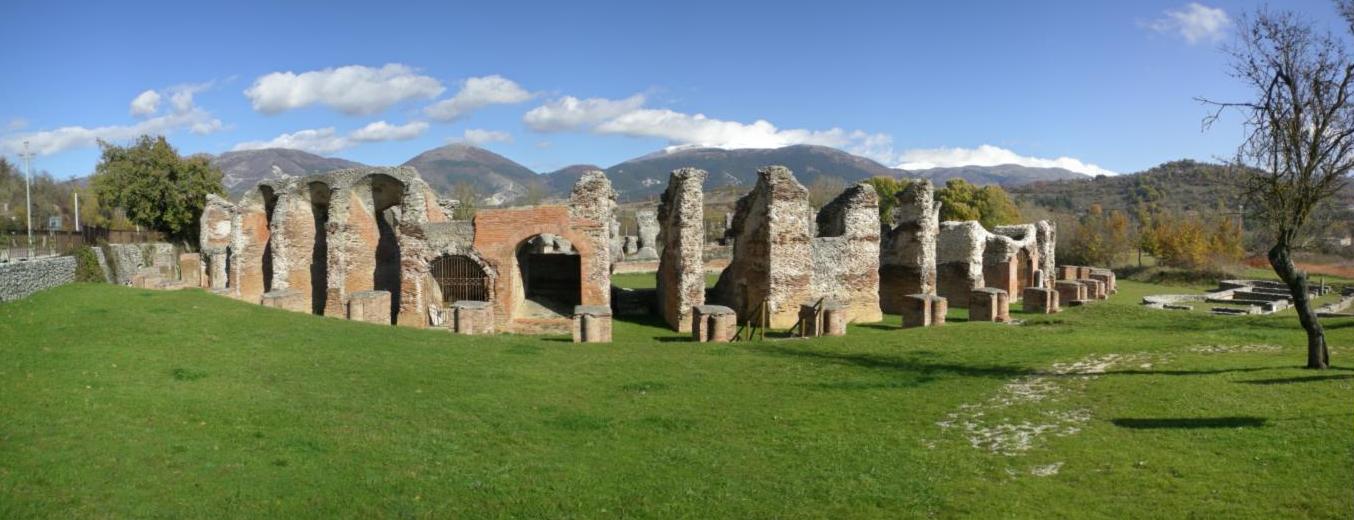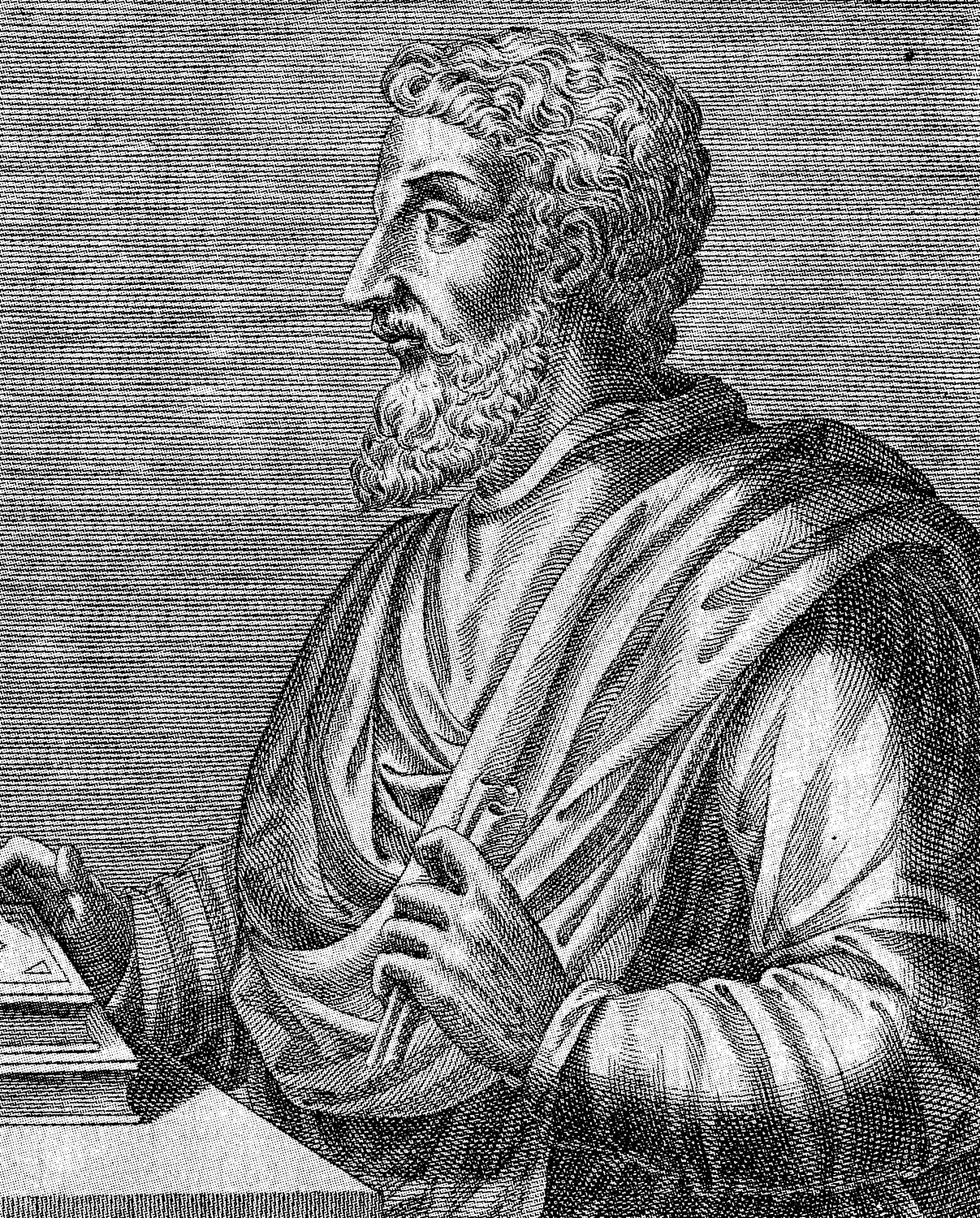|
Strenna
Strenna or Strenna di Natale is a gift that is usual to make or receive in Italy at Christmas time. This custom comes from the tradition of ancient Rome which involved the exchange of gifts of good wishes during the Saturnalia, a series of festivities that took place each year between 17 and 23 December, in honor of the god Saturn (mythology), Saturn and preceding the day of the ''Natalis Solis Invicti''. The term derives from the Latin ''Strena'', word probably of Sabine origin, with the meaning "gift of good luck." According to Varro, the use was adopted as early as the first foundation of the City, set up by Titus Tatius who first caught, as good augur for the new year, the twig of a plant (''arbor felix'') located in the woods sacred to the goddess Strenia; from this derived the term ''strenae'' for the gifts of various kinds, including coins, to be exchanged in the feast of Saturnalia. In the publishing field, in the nineteenth century, ''strenna'' was also a collection of p ... [...More Info...] [...Related Items...] OR: [Wikipedia] [Google] [Baidu] |
Italian Traditions
Traditions of Italy are sets of traditions, beliefs, value (ethics), values, and Convention (norm), customs that belongs within the Culture of Italy, culture of Italian people. These traditions have influenced life in Italy for centuries, and are still practiced in modern times. Italian traditions are directly connected to Italy's ancestors, which says even more about Italian history. Overview Christmas Christmas in Italy () is one of the public holidays in Italy, country's major holidays and begins on 8 December, with the Feast of the Immaculate Conception, the day on which traditionally the Christmas tree is mounted and ends on 6 January, of the following year with the Epiphany (holiday), Epiphany (), and in some areas female puppets are burned on a pyre (called ''Bonfire, falò''), to symbolize, along with the end of the Christmas period, the death of the old year and the beginning of a new one. 26 December (Saint Stephen's Day, in Italian ), is also a Public holiday ... [...More Info...] [...Related Items...] OR: [Wikipedia] [Google] [Baidu] |
Strenia
In ancient Roman religion, Strenua or Strenia was a goddess of the new year, purification, and wellbeing. She had a shrine ''(sacellum)'' and grove ''(lucus)'' at the top of the Via Sacra. Varro said she was a Sabine goddess. W.H. Roscher includes her among the '' indigitamenta'', the lists of Roman deities maintained by priests to assure that the correct divinity was invoked in public rituals. The procession of the Argei began at her shrine. On January 1, twigs from Strenua's grove were carried in a procession to the citadel ''(arx)''. The rite is first noted as occurring on New Year's Day in 153 BC, the year when consuls first began assuming their office at the beginning of the year. It is unclear whether it had always been held on that date or had been transferred that year from another place on the calendar, perhaps the original New Year's Day on March 1. The name ''Strenia'' was said to be the origin of the word ''strenae'' (preserved in French '' étrennes'' and Italian ... [...More Info...] [...Related Items...] OR: [Wikipedia] [Google] [Baidu] |
Torino - Biblioteca Reale 0599
Turin ( , ; ; , then ) is a city and an important business and cultural centre in northern Italy. It is the capital city of Piedmont and of the Metropolitan City of Turin, and was the first Italian capital from 1861 to 1865. The city is mainly on the western bank of the River Po, below its Susa Valley, and is surrounded by the western Alpine arch and Superga hill. The population of the city proper is 856,745 as of 2025, while the population of the urban area is estimated by Eurostat to be 1.7 million inhabitants. The Turin metropolitan area is estimated by the OECD to have a population of 2.2 million. The city was historically a major European political centre. From 1563, it was the capital of the Duchy of Savoy, then of the Kingdom of Sardinia ruled by the House of Savoy, and the first capital of the Kingdom of Italy from 1861 to 1865. Turin is sometimes called "the cradle of Italian liberty" for having been the political and intellectual centre of the ''Risorgimen ... [...More Info...] [...Related Items...] OR: [Wikipedia] [Google] [Baidu] |
Ancient Rome
In modern historiography, ancient Rome is the Roman people, Roman civilisation from the founding of Rome, founding of the Italian city of Rome in the 8th century BC to the Fall of the Western Roman Empire, collapse of the Western Roman Empire in the 5th century AD. It encompasses the Roman Kingdom (753–509 BC), the Roman Republic (50927 BC), and the Roman Empire (27 BC476 AD) until the fall of the western empire. Ancient Rome began as an Italic peoples, Italic settlement, traditionally dated to 753 BC, beside the River Tiber in the Italian peninsula. The settlement grew into the city and polity of Rome, and came to control its neighbours through a combination of treaties and military strength. It eventually controlled the Italian Peninsula, assimilating the Greece, Greek culture of southern Italy (Magna Graecia) and the Etruscans, Etruscan culture, and then became the dominant power in the Mediterranean region and parts of Europe. At its hei ... [...More Info...] [...Related Items...] OR: [Wikipedia] [Google] [Baidu] |
Saturnalia
Saturnalia is an Roman festivals, ancient Roman festival and holiday in honour of the List of Roman deities, god Saturn (mythology), Saturn, held on 17 December in the Julian calendar and later expanded with festivities until 19 December. By the 1st century BC, the celebration had been extended until 23 December, for a total of seven days of festivities. The holiday was celebrated with a sacrifice at the Temple of Saturn, in the Roman Forum, and a public banquet, followed by private gift-giving, continual partying, and a carnival atmosphere that overturned Ancient Roman culture, Roman social norms: Dice#History, gambling was permitted, and masters provided table service for their Slavery in ancient Rome, slaves as it was seen as a time of liberty for both slaves and freedmen alike. A common custom was the election of a "King of the Saturnalia", who gave orders to people, which were followed and presided over the merrymaking. The gifts exchanged were usually practical joke device ... [...More Info...] [...Related Items...] OR: [Wikipedia] [Google] [Baidu] |
Saturn (mythology)
Saturn ( ) was a god in Religion in ancient Rome, ancient Roman religion, and a character in Roman mythology. He was described as a god of time, generation, dissolution, abundance, wealth, agriculture, periodic renewal and liberation. Saturn's mythological reign was depicted as a Golden Age of abundance and peace. After the Roman conquest of Greece, he was conflated with the Greek Titan Cronus. Saturn's consort was his sister Ops, with whom he fathered Jupiter (mythology), Jupiter, Neptune (mythology), Neptune, Pluto (mythology), Pluto, Juno (mythology), Juno, Ceres (Roman mythology), Ceres and Vesta (mythology), Vesta. Saturn was especially celebrated during the festival of Saturnalia each December, perhaps the most famous of the Roman festivals, a time of feasting, role reversals, free speech, gift-giving and revelry. The Temple of Saturn in the Forum Romanum, Roman Forum housed the state treasury and archives (''aerarium'') of the Roman Republic and the early Roman Empire. The ... [...More Info...] [...Related Items...] OR: [Wikipedia] [Google] [Baidu] |
Sabine
The Sabines (, , , ; ) were an Italic people who lived in the central Apennine Mountains (see Sabina) of the ancient Italian Peninsula, also inhabiting Latium north of the Anio before the founding of Rome. The Sabines divided into two populations just after the founding of Rome, which is described by Roman legend. The division, however it came about, is not legendary. The population closer to Rome transplanted itself to the new city and united with the preexisting citizenry, beginning a new heritage that descended from the Sabines but was also Latinized. The second population remained a mountain tribal state, coming finally to war against Rome for its independence along with all the other Italic tribes. Afterwards, it became assimilated into the Roman Republic. Etymology The Sabines derived directly from the ancient Umbrians and belonged to the same ethnic group as the Samnites and the Sabelli, as attested by the common ethnonyms of ''Safineis'' (in ancient Gr ... [...More Info...] [...Related Items...] OR: [Wikipedia] [Google] [Baidu] |
Varro
Marcus Terentius Varro (116–27 BCE) was a Roman polymath and a prolific author. He is regarded as ancient Rome's greatest scholar, and was described by Petrarch as "the third great light of Rome" (after Virgil and Cicero). He is sometimes called Varro Reatinus ("Varro of Rieti") to distinguish him from his younger contemporary Varro Atacinus ("Varro of Aude (river), Atax"). Biography Varro was born in or near Reate (now Rieti in Lazio) into a family thought to be of Equites, equestrian rank. He always remained close to his roots in the area, owning a large farm in the Reatine plain (reported as near Lago di Ripasottile,) until his old age. He supported Pompey, reaching the office of praetor, after having served as tribune of the plebs, tribune of the people, ''quaestor'' and ''curule aedile''. It is probable that Varro was discontented with the course on which Pompey entered when the First Triumvirate formed 60 BC, and he may thus have lost his chance of rising to the c ... [...More Info...] [...Related Items...] OR: [Wikipedia] [Google] [Baidu] |
Titus Tatius
According to the Roman foundation myth, Titus Tatius, also called Tatius Sabinus, was king of the Sabines from Cures and joint-ruler of the Kingdom of Rome for several years. During the reign of Romulus, the first king of Rome, Tatius declared war on Rome in response to the incident known as The Rape of the Sabine Women. After he captured the stronghold atop the Capitoline Hill through the treachery of Tarpeia, the Sabines and Romans fought an epic battle that concluded when the abducted Sabine women intervened to convince the two sides to reconcile and end the war. The two kingdoms were joined and the two kings ruled jointly until Tatius' murder five years later.Livy, ''Ab Urbe Condita'', i. 9-14. The joint kingdom was still called Rome and the citizens of the city were still called Romans, but as a community, they were to be called '' Quirites''. The Sabines were integrated into the existing tribes and curies, yet Tatius is not counted as one of the traditional "Seven ... [...More Info...] [...Related Items...] OR: [Wikipedia] [Google] [Baidu] |
Milan
Milan ( , , ; ) is a city in northern Italy, regional capital of Lombardy, the largest city in Italy by urban area and the List of cities in Italy, second-most-populous city proper in Italy after Rome. The city proper has a population of nearly 1.4 million, while its Metropolitan City of Milan, metropolitan city has 3.2 million residents. Within Europe, Milan is the fourth-most-populous List of urban areas in the European Union, urban area of the EU with 6.17 million inhabitants. According to national sources, the population within the wider Milan metropolitan area (also known as Greater Milan) is estimated between 7.5 million and 8.2 million, making it by far the List of metropolitan areas of Italy, largest metropolitan area in Italy and List of metropolitan areas in Europe, one of the largest in the EU.* * * * Milan is the economic capital of Italy, one of the economic capitals of Europe and a global centre for business, fashion and finance. Milan is reco ... [...More Info...] [...Related Items...] OR: [Wikipedia] [Google] [Baidu] |
Treves
Trier ( , ; ), formerly and traditionally known in English as Trèves ( , ) and Triers (see also names in other languages), is a city on the banks of the Moselle in Germany. It lies in a valley between low vine-covered hills of red sandstone in the west of the state of Rhineland-Palatinate, near the border with Luxembourg and within the important Moselle wine region. Founded by the Romans in the late 1st century BC as ''Augusta Treverorum'' ("The City of Augustus among the Treveri"), Trier is considered Germany's oldest city. It is also the oldest seat of a bishop north of the Alps. Trier was one of the four capitals of the Roman Empire during the Tetrarchy period in the late 3rd and early 4th centuries. In the Middle Ages, the archbishop-elector of Trier was an important prince of the Church who controlled land from the French border to the Rhine. The archbishop-elector of Trier also had great significance as one of the seven electors of the Holy Roman Empire. Because of it ... [...More Info...] [...Related Items...] OR: [Wikipedia] [Google] [Baidu] |








